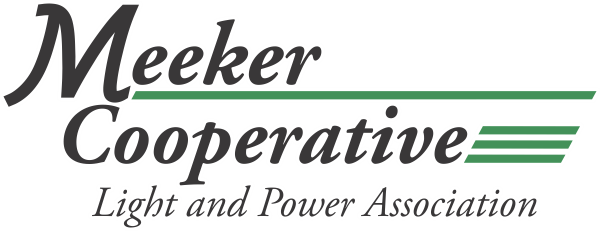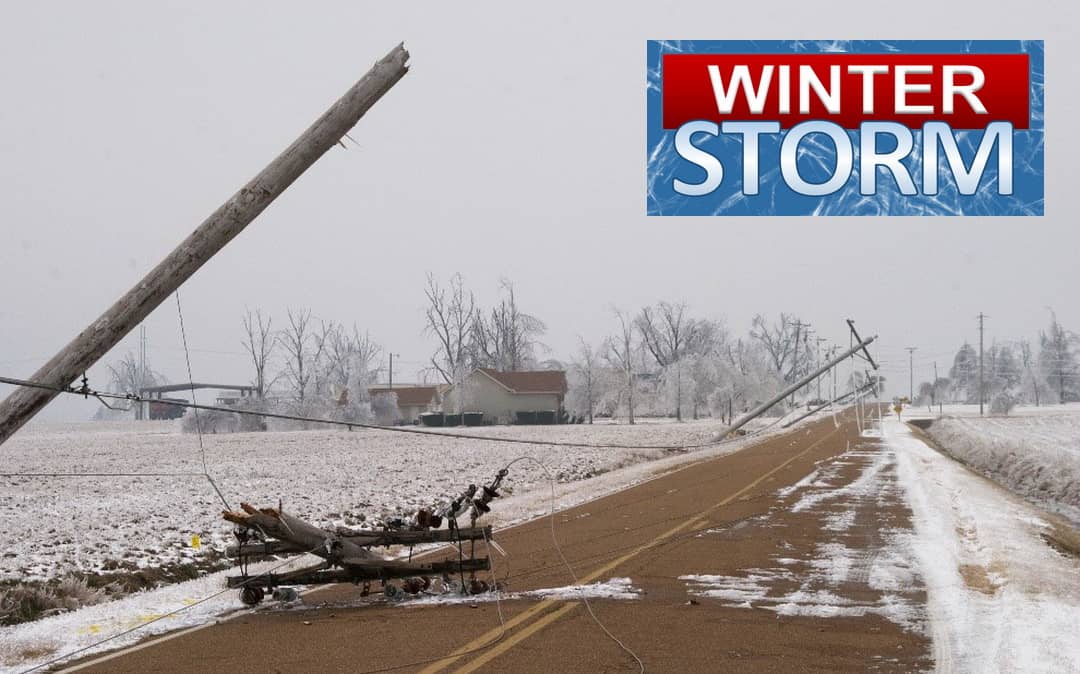Winter storms bring dangerous weather conditions. Wind, snow, and ice can bring down trees and power lines causing power outages. Follow these tips to stay warm and safe.
Before a Winter Storm
- Be informed by receiving alerts, warnings, and public safety information before, during, and after emergencies and follow instructions from public safety officials.
- Create and review your family emergency plan.
- If you receive medical treatments or home health care services, work with your medical provider to determine how to maintain care and service if you are unable to leave your home for a period of time.
- Assemble an emergency kit. Add seasonal supplies, such as extra winter clothing and blankets.
- Prepare for possible power outages.
- Fully charge electronic devices before a storm if power outages are expected.
- Consider purchasing a generator to provide power during an outage. Follow the manufacturer’s instructions and learn how to use it safely before an outage.
- Prepare your home for possible emergencies.
- Ensure your smoke and carbon monoxide detectors are working and have fresh batteries.
- Maintain heating equipment and chimneys by having them cleaned and inspected every year.
- Make sure your home is properly insulated and caulk and weather-strip doors and windows.
- Ensure you have sufficient heating fuel and consider safe backup heating options (fireplaces, woodstoves).
- Keep the gas tank at least half-full and have a winter emergency kit in the vehicle.
During a Winter Storm
- Minimize outdoor activities.
- Drive only if it is absolutely necessary.
- Dress for the season to protect against the elements. Dress in several layers of loose-fitting, lightweight clothing instead of a single heavy layer. Outer garments should be tightly woven and water repellent. Wear a hat, mittens (not gloves), and sturdy waterproof boots to protect your extremities. Cover your mouth with a scarf to protect your lungs.
Watch for Signs of Frostbite and Hypothermia
- Frostbite is the freezing of the skin and body tissue.
- Symptoms — Loss of feeling and white or pale appearance in extremities, such as fingers, toes, earlobes, face, and the tip of the nose.
- Treatment — Get the person into a warm location. Cover exposed skin, but do not rub the affected area. Seek medical attention immediately or call 911.
- Hypothermia is abnormally low body temperature (below 95°F) and is life-threatening if not treated immediately.
- Symptoms — Shivering, exhaustion, confusion, memory loss, and slurred speech.
- Treatment — Get the person to a warm location and seek medical attention immediately or call 911. Remove wet clothing. Warm the center of the body first by wrapping the person in blankets or putting on dry clothing - this is important, because warming hands and feet first and can cause shock. Give warm, non-alcoholic, beverages if the person is conscious.
After a Winter Storm
- Continue to monitor media for emergency information and follow instructions from public safety officials.
- Call 911 to report emergencies, including downed power lines and gas leaks.
- Stay away from downed power lines. Always assume a downed power line is live.
- Report power outages to your utility company.
- Stay off streets and roads until they are clear of snow.
- Use caution and take frequent breaks when shoveling snow to prevent overexertion.
- Overexertion can bring on a heart attack—a major cause of death in the winter.
- Check your roof and clear accumulated snow to avoid roof collapses.
- Make sure your carbon monoxide detectors are working – carbon monoxide is a silent, odorless, killer.
- Clear exhaust vents from direct vent gas furnace systems to avoid carbon monoxide poisoning.
- Make sure emergency generators or secondary heating systems are well ventilated because their fumes contain carbon monoxide.
- Clear snow from around vehicle exhaust pipes before starting to avoid carbon monoxide poisoning.
- Don’t park close to corners so public safety vehicles and plows can maneuver safely.
- Be aware of children playing in the streets, particularly climbing on or running out from behind large snowdrifts. Parents should remind their children to be aware of plowing operations and traffic.
Be a good neighbor. Check on family, friends, and neighbors, especially the elderly, those who live alone, those with medical conditions, and those who may need additional assistance.

